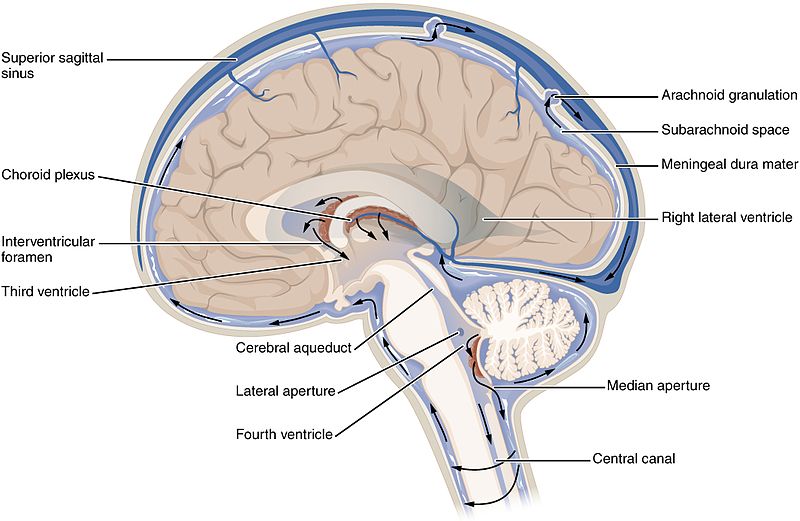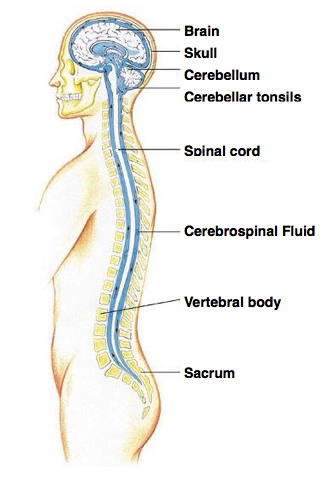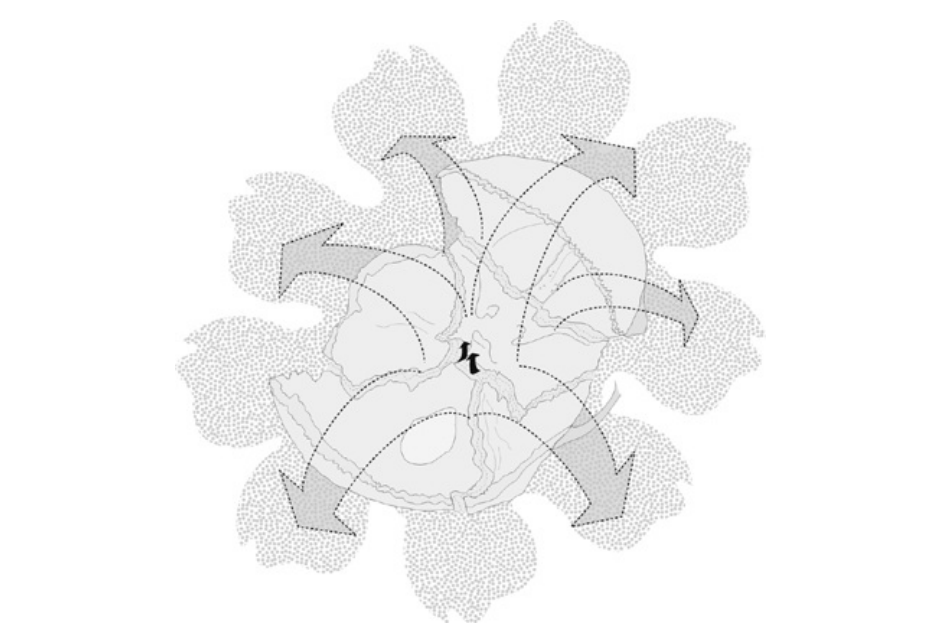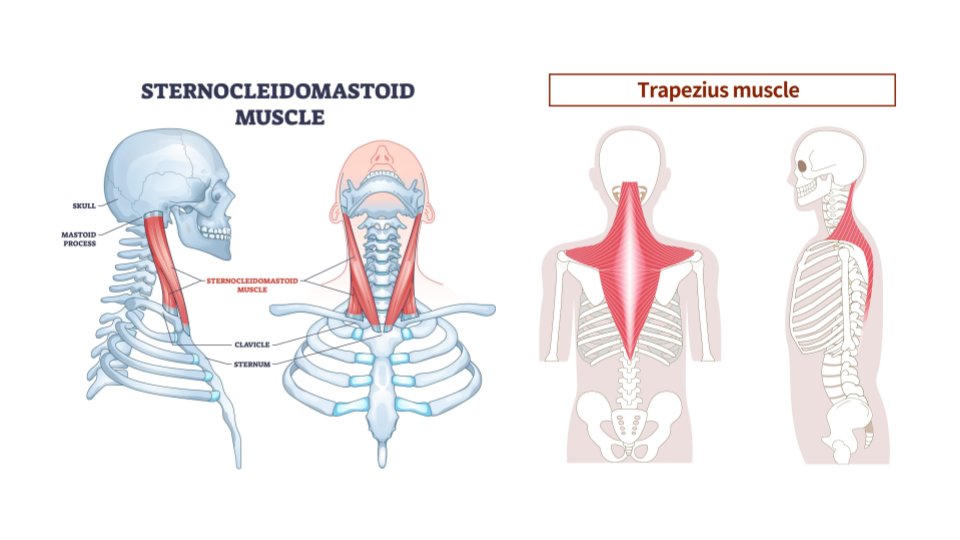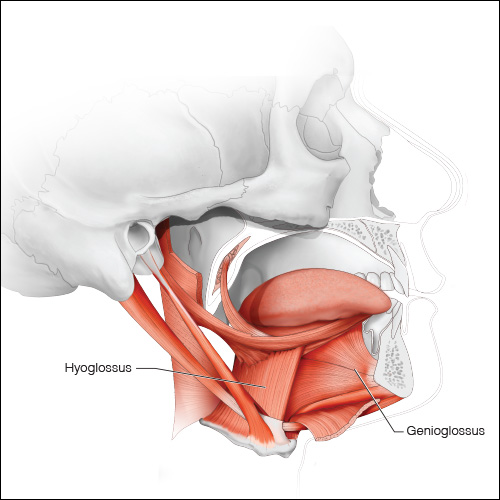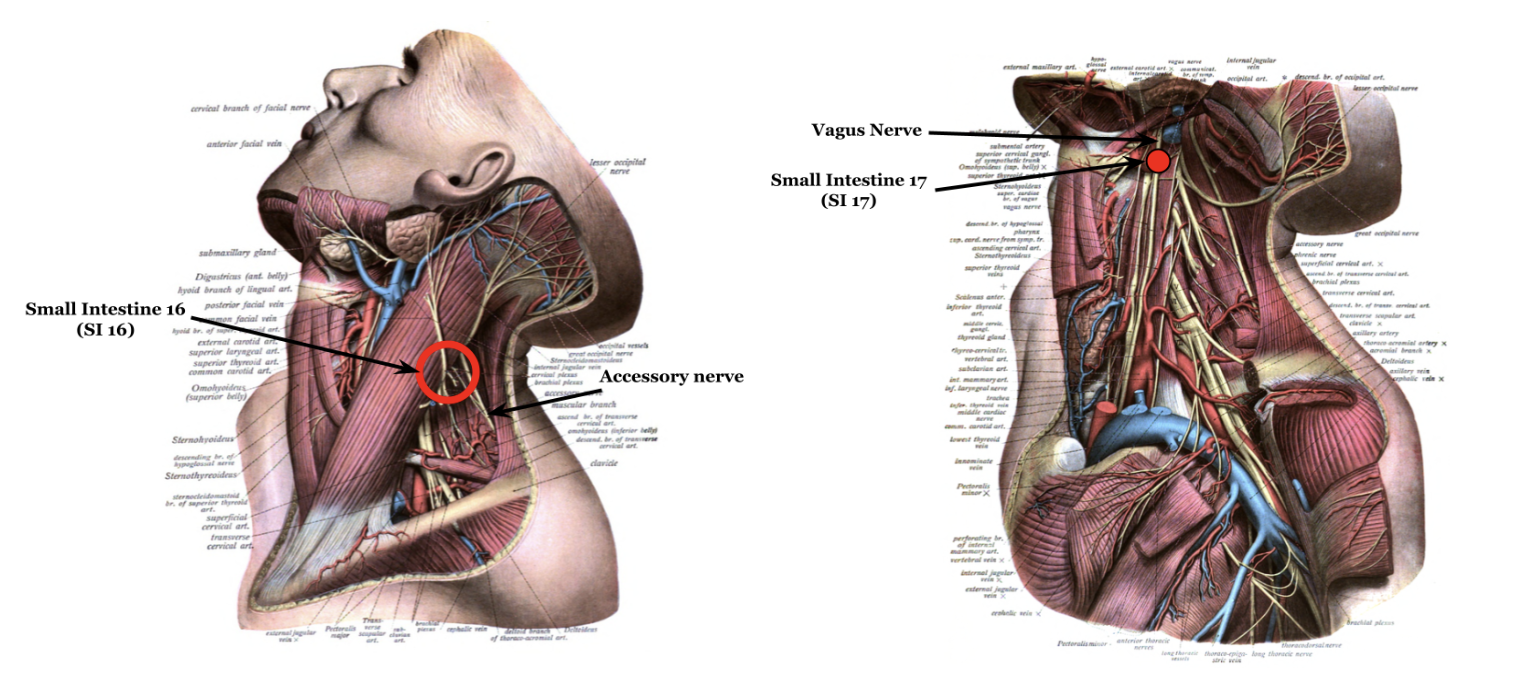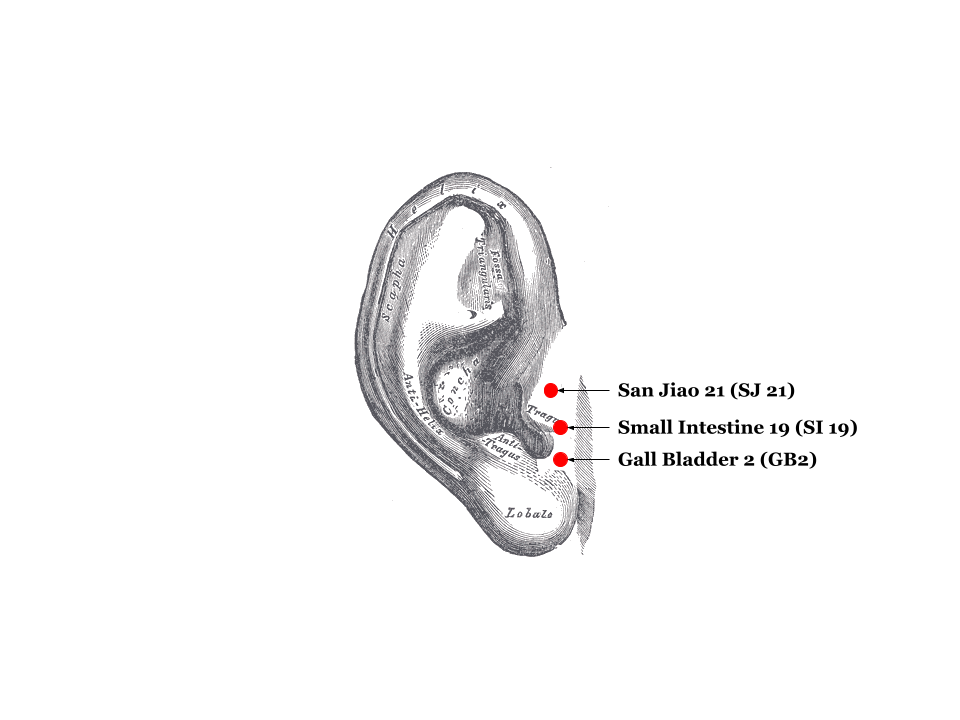The womb of consciousness
The brain and spinal cord float in a clear liquid known as cerebrospinal fluid (CSF), similar to the fetus in the womb. This fluid helps to protect, nourish, and remove waste from the vital tissue. Thought of by some as the medium for consciousness, the state of the CSF will determine that of the entire organism.
Brain bath
Encased within the meninges, CSF provides neutral buoyancy to the brain, reducing its net weight by up to 60 times. Without this, the vascular network within would be crushed by itself. At the same time, the fluid serves as a cushion against physical trauma. The brain and spinal cord reside in a bath of CSF.
Nutrient and neurohormone delivery
CSF is made from blood plasma and transports nutrients such as O2, CO2, glucose, amino acids, minerals, vitamins, as well as neurohormones such as dopamine and melatonin. CSF also removes metabolic waste that can cause damage if allowed to accumulate.
The tide of life
As with other bodily fluids, CSF must move to facilitate diffusion/transport. This movement is known as craniosacral rhythm and is dictated by the cyclic actions of the cranium and sacrum. Any interruptions to this rhythm will cause CSF to stagnate and nerve cells to starve.
Flower motility
Craniosacral rhythm is synchronized with the breath. Upon inhale (flexion), the bones of the skull splay open like a blossoming flower, drawing CSF into the brain. Exhale (extension), causes the skull to close, flushing CSF out into the spine. The sacrum mirrors this movement.
Gears in the machine
The skull is a dynamic 3D puzzle of bones that articulate with one another like gears in a machine. Flexible ligamentous sutures permit movement while also maintaining structural integrity. The laxity of these sutures is determined by the metabolic capacity of the organism. Stress and metabolic insufficiency will reduce the ability for these sutures to move, impairing the movement of the cranial bones as a whole.
Muscles of movement
Movement comes from the parasympathetically innervated muscles of the throat, tongue, and neck. These contract during the inhale, expanding the airways/cranium. These muscles pull on the sphenoid, temporal bones, and occiput. The tone of these muscles will go on to be a major determinant of craniosacral rhythm.
Ancient knowledge
Craniosacral rhythm has been known to humanity for millennia. The concept of chakras and kundalini involves the flow of CSF, as "blockages" are the result of impaired flow in the spine. The “Eye of Horus” even resembles the ventricles of the brain.
Practical Applications
Craniosacral rhythm will occur without you needing to think, however, numerous factors may inhibit it:
-ANS dysfunction
-Gut irritation
-Insufficient metabolism
-Postural dysfunction
-Improper breathing habits
-Injuries to the skull/spine
-Lip/tongue ties
(some) Symptoms of craniosacral dysfunction:
-Headache (migraines)
-Vision problems
-Vertigo/balance issues
-TMD
-Face pain/numbness
-Asymmetric posture (face/body)
-Mouth breathing
-Anxiety/restlessness
Means to actively improve craniosacral rhythm:
It is important to understand that once CSF stops flowing, nerves will be starved of nutrition and slowly begin to die. Since the central nervous system coordinates and controls all bodily functions, this can eventually manifest itself as any number of conditions/diseases.
-Gill breathing
-Lateral eye movement
-Vagal stimulation
-Inclined bed therapy
-Craniosacral therapy
-Craniofacial release
-Spinal engine optimization
-Suture massages
-Light
-Acupuncture/pressure
-Grounding
Relevant energy meridians
Resets to the craniosacral system can also be achieved by stimulation at specific acupuncture points:
-SI 16/17
-GB 1
-GB 2, SI19
-GB 20
These may not be permanent but can provide temporary relief and help guide long-term patterns.
